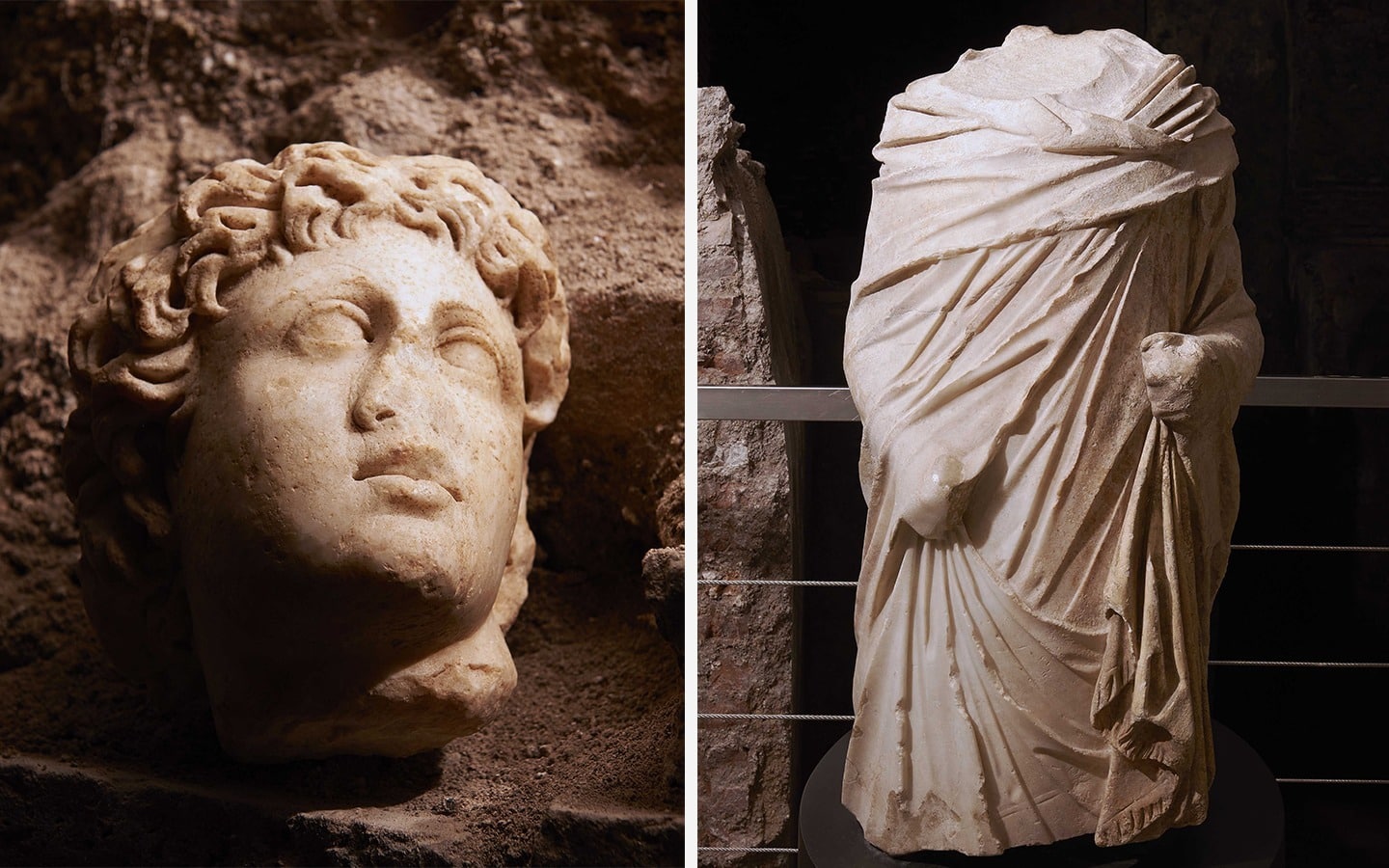Discovering Vicus Caprarius: The Hidden City Of Water Beneath Rome
Rome is a city that never ceases to amaze with its rich tapestry of history, art, and architecture.
While the Trevi Fountain draws millions of visitors each year with its baroque splendor, few are aware of the hidden archaeological gem that lies just a few steps away: Vicus Caprarius, also known as the City of Water.
This underground archaeological area offers a captivating glimpse into the layers of history that form the foundation of the Eternal City.

The Discovery of Vicus Caprarius
In 1999, during the renovation of the old Cinema Trevi, there were many archaeological surveys conducted by the Archaeological Authority of Rome under the scientific direction of Claudio Moccheggiani Carpano.
Archaeologists found an amazing ancient building complex buried more than nine meters below the current street.
This site is located between Via San Vincenzo and Vicolo Puttarello and covers about 350 square meters.
It gives us a look into ancient Rome’s urban layout.
The Cremonini Group, which owns the property, helped preserve and open this archaeological treasure to the public in 2004.

The City of Water: A Testament to Rome’s Ingenious Engineering
The name “City of Water” fits this site well because water is a key feature here.
The Aqua Virgo aqueduct, built by Agrippa in 19 BC, supplies water to Rome’s public baths and fountains, including the Trevi Fountain, a monumental baroque exhibition of the Aqua Virgo aqueduct, and runs through this underground complex.
The Aqua Virgo is the only one of Rome’s 11 ancient aqueducts still working today.
At Vicus Caprarius, you can see the castellum aquae, a large water reservoir.
Water still flows through ancient pipes and pools, showing the advanced engineering of ancient Rome.
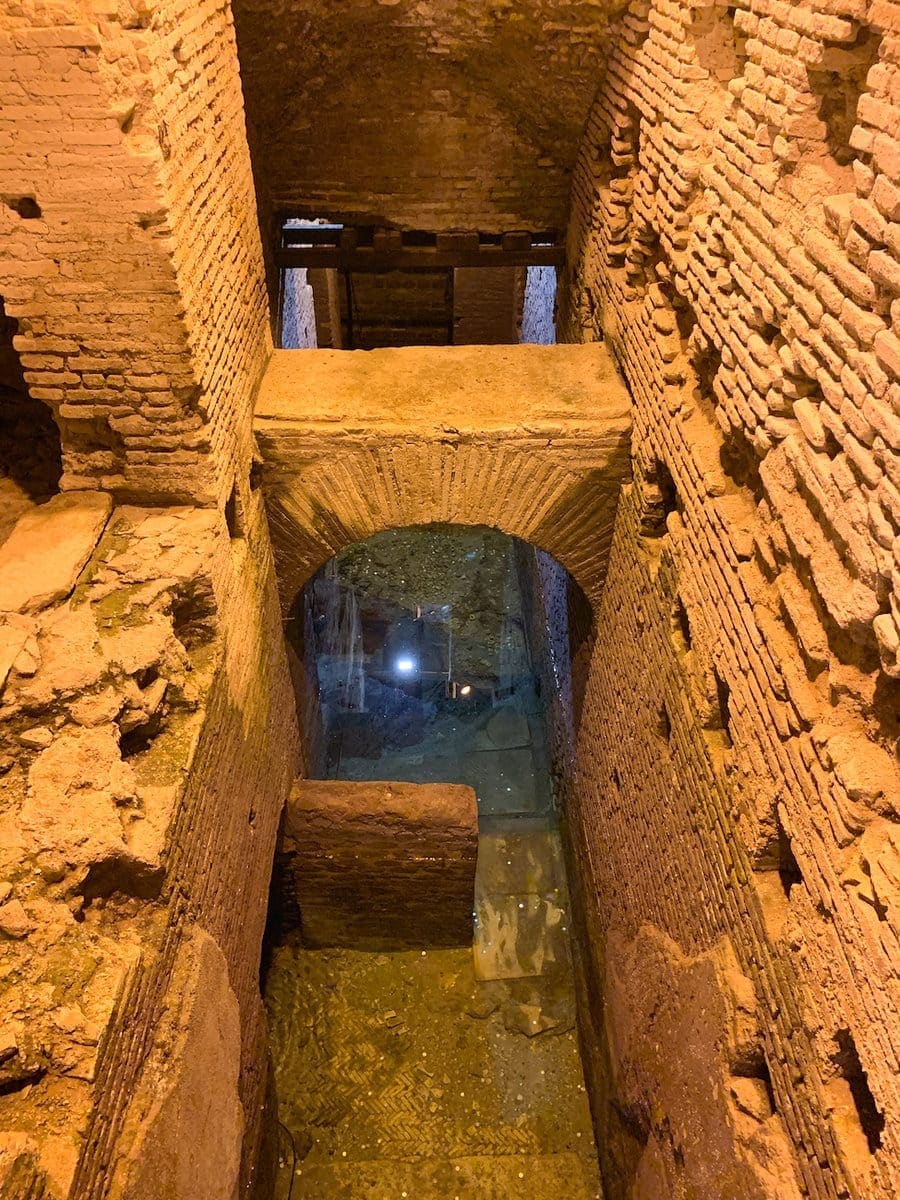
Exploring the Archaeological Layers
The Vicus Caprarius site reveals buildings from different times.
The oldest structures are from an insula, a block of flats built after the Great Fire of Rome in 64 AD during Emperor Nero’s reign.
In the mid-4th century, this insula became a fancy mansion, or domus, with colorful marble and mosaics, showing the wealth of its owners.
The site’s history continues into the medieval period.
Between the 12th and 13th centuries, simpler buildings were constructed, showing that the area was still important long after the Roman Empire.
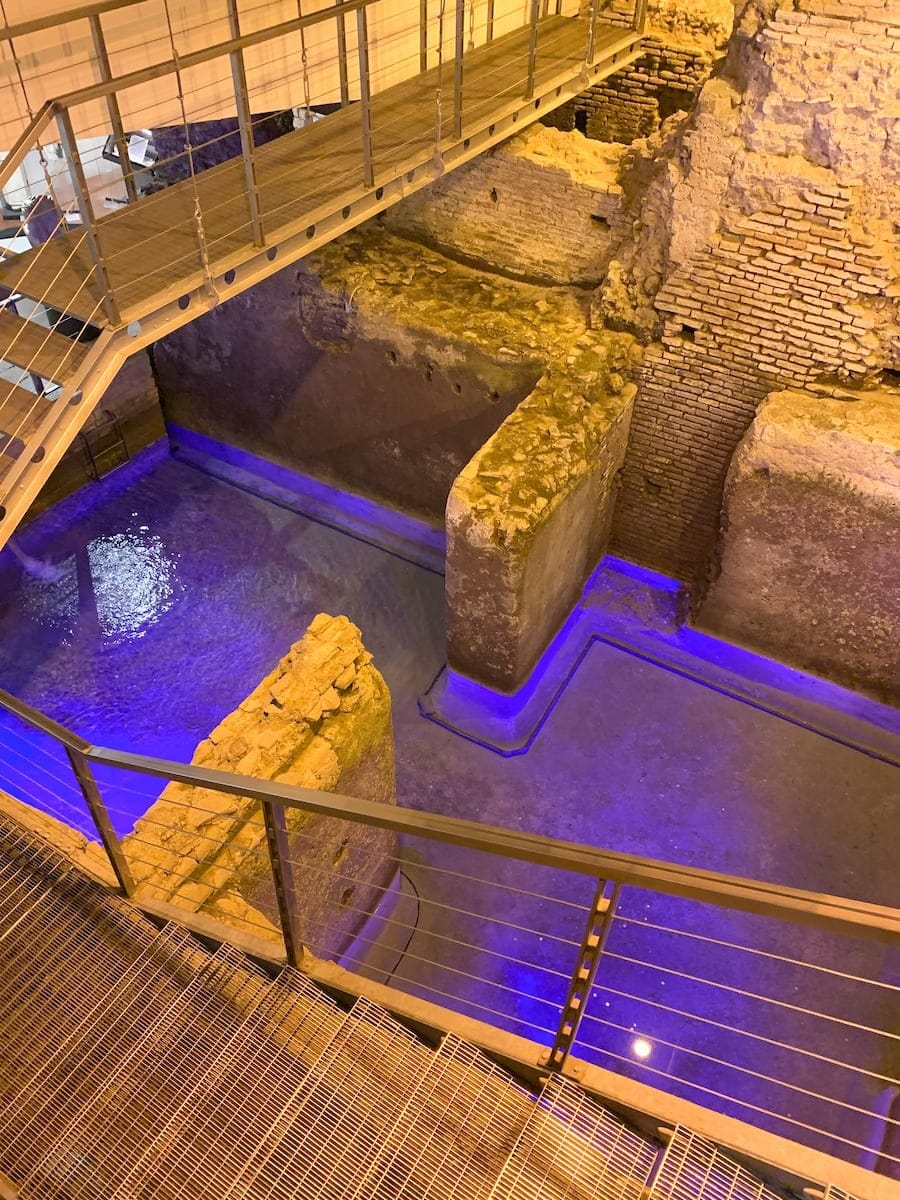
Artifacts and Treasures
Vicus Caprarius also has a museum with many artifacts found during the excavations.

These include colorful marbles, decorations, marble statue fragments, African amphorae (jars) for transporting oil, and over 800 bronze coins.
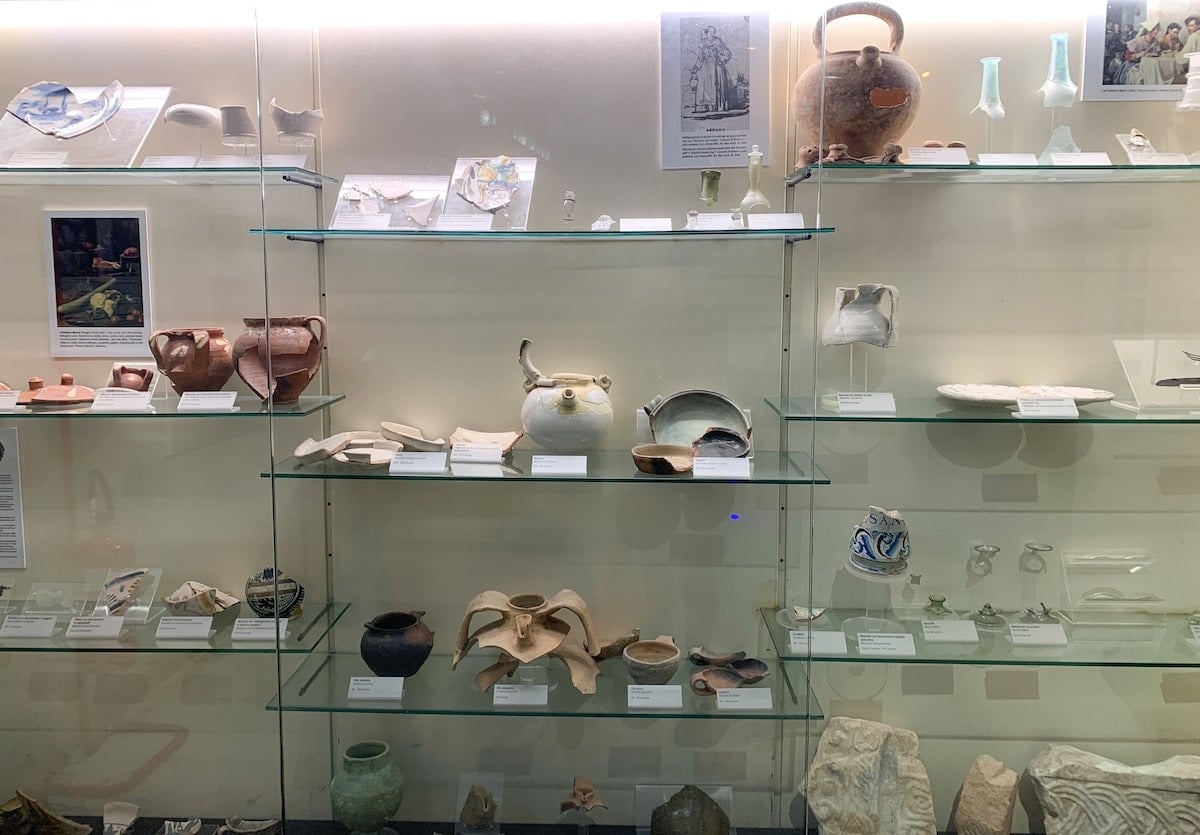
These coins, though not valuable, give us a glimpse into the lives of people who lived here, possibly a servant’s savings.

You can also see pieces of ceramics, oil lamps, and parts of the mosaic floor from the domus.
These items show the trade networks of ancient Rome, with goods like wine, oil, and garum (a fish sauce) coming from Africa, Cyprus, Syria, Palestine, Egypt, and Turkey.
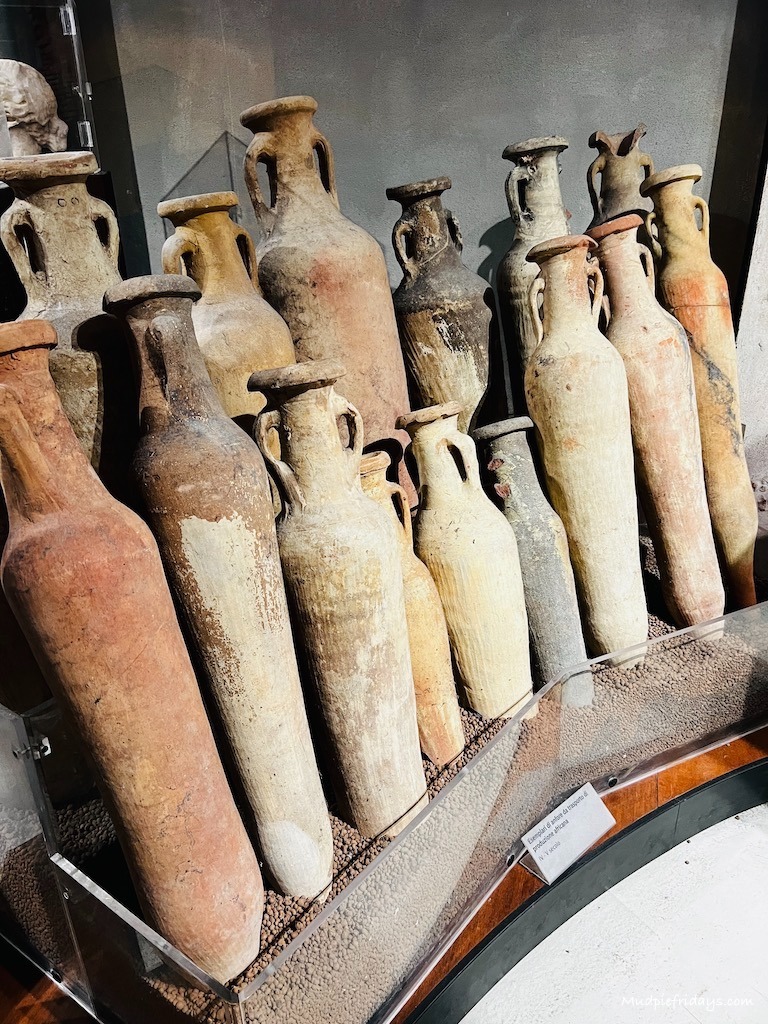
One of the most remarkable artifacts is the famous head of Alexander Helios, a beautifully crafted marble head representing the son of Cleopatra and Mark Antony.
